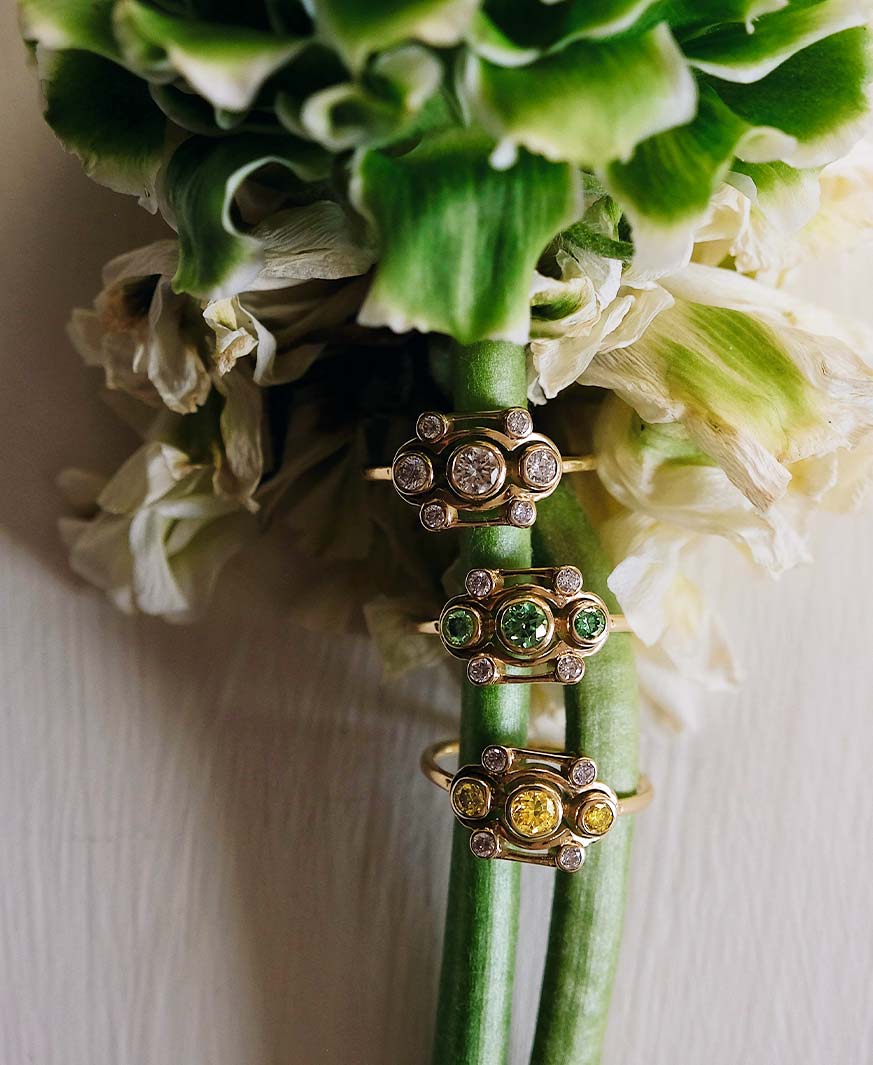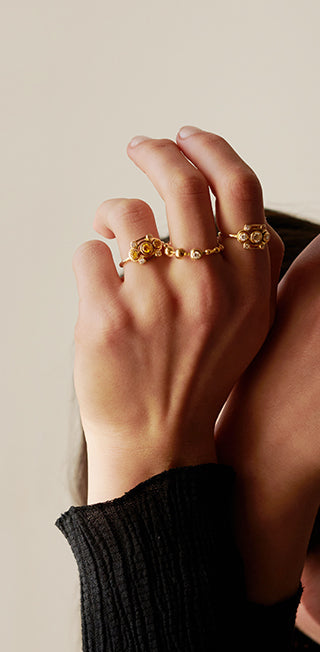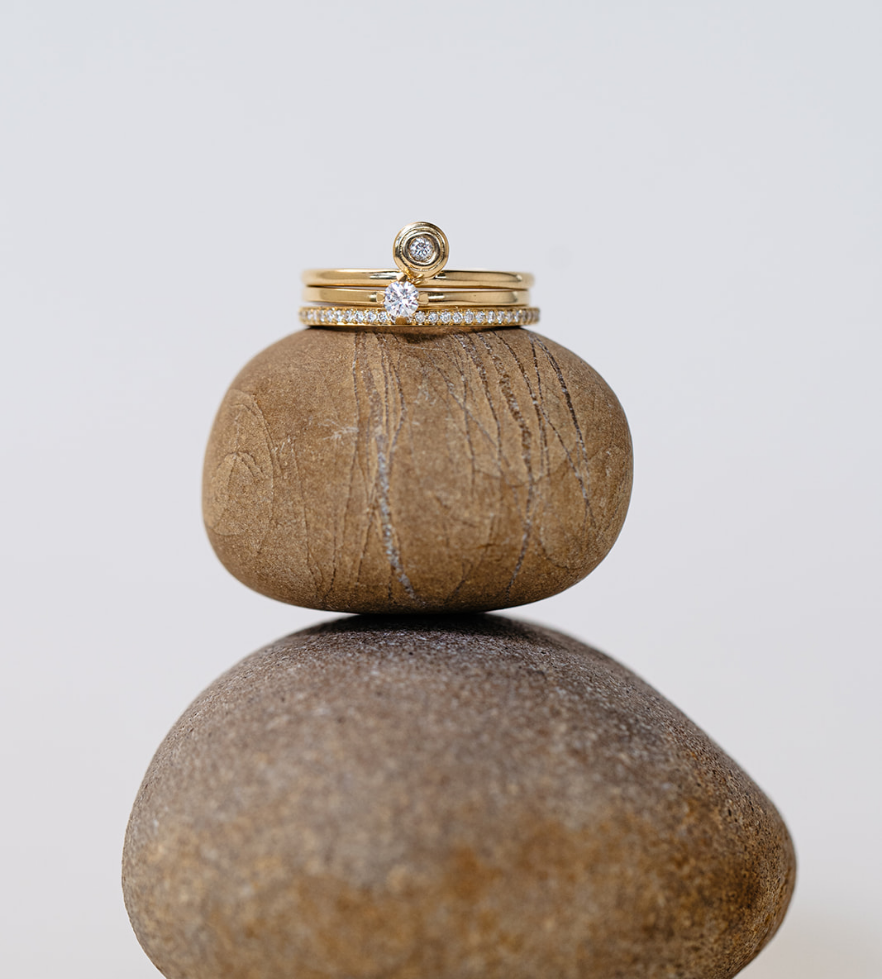Jewelry and the associated extraction of raw materials such as gold and diamonds is often problematic and comes with social and ecological challenges. But should one stop buying jewelry altogether, or are there solutions for a more sustainable production and value chain, and thus a more sustainable future?
We say yes! Our approach is to inspire other producers and consumers to act more sustainably through new sustainable ideas, techniques, and solutions. Since people wore jewelry before they discovered clothing, we believe that jewelry has as much social and emotional significance, such as an engagement or wedding ring, that it is worth rethinking its production.
We analyzed three studies on this and combined it with the knowledge of our Founder Helge, studied jewelry designer, summarized 15 relevant solutions for us and you. This way we were able to also our Sustainability We will review again and develop new ideas and insights for our production and our sustainable actions. We hope that we can also inspire you to consume more sustainably and consciously.












